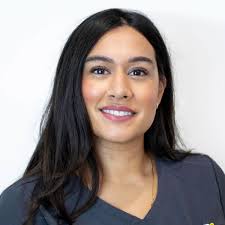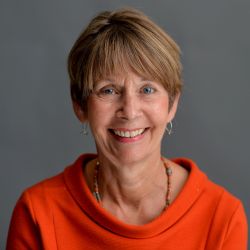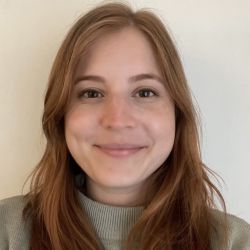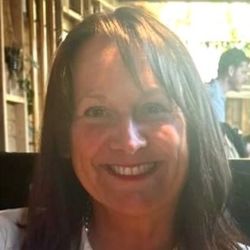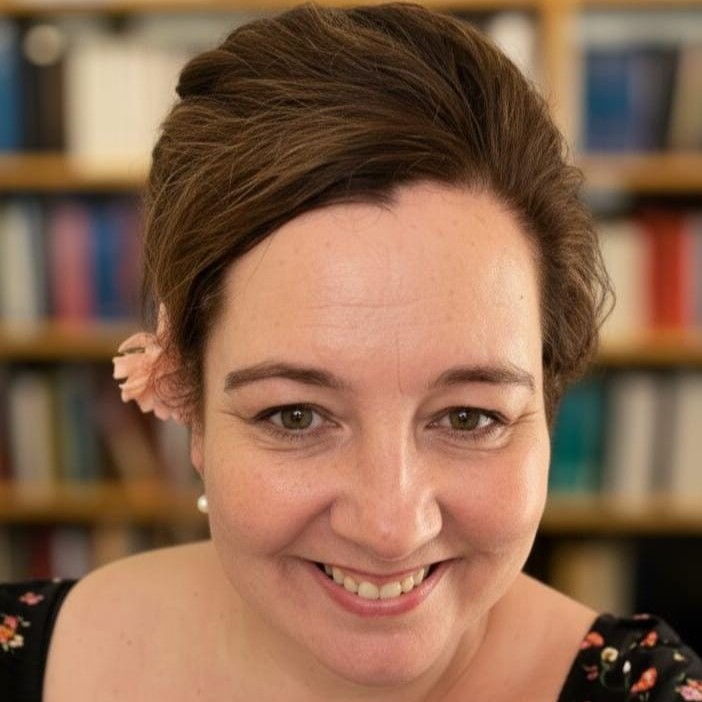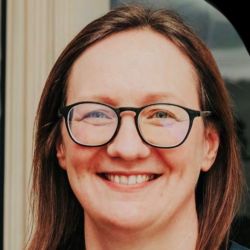08:30 Registration and refreshments
09.00 Welcome and introductions
Understanding and Supporting Neurodiverse and Anxious CYP
09:10 Connecting with autistic young people
Aim
To explore how dental professionals can support autistic young people holistically, recognising their sensory needs, communication styles, and the importance of safety, connection, and autonomy in dental care.
Learning objectives
- Recognise sensory and emotional challenges faced by autistic young people
- Understand the impact of behaviourist approaches on autistic wellbeing
- Apply trauma-informed, non-coercive strategies in dental settings
- Promote autonomy, respect, and connection in dental care.
Learning content
This session explores the autistic young person’s experience of dental care, highlighting sensory needs, burnout, and trauma. It offers practical strategies for creating safe, respectful, and inclusive environments that support autonomy and connection.
Development outcomes
A, C, D
Sarah-Jane Snape, Specialist in Paediatric Dentistry, Lancashire and South Cumbria NHS Foundation Trust
09:40 Play specialists and their importance
Aim
The aim is to highlight the importance of play for all children and young people who access the healthcare environment. To share my experiences and the value of play in helping children comply with their treatment. Most importantly to share how through the medium of play based interventions, children can gain autonomy and control through their hospital journey.
Learning objectives
- Discuss the role of the play team
- Highlight different types of play
- Explore playful approach for all healthcare staff.
Learning content
This session will aim to demonstrate the importance of play and its benefits when helping children to understand and co-operate through their procedure, illness or treatment. It will highlight a variety of learning contexts, such as, what is, and why play, in healthcare? It will share the role of the play specialist and their job in ensuring that children and young people have the right to play, normalizing the clinical environment that in turn will help alleviate any fears and anxieties.
Development outcomes
Lisa Morgan, Developmental and Therapeutic Play Specialist and Play Team Manager, Children’s Services at Swansea Bay University Health Board
10:10 Clinical standards for CYP in residential special schools
Aim
To review the clinical standards for Children and Young People within a Residential Special Educational Setting. From prevention and daily oral care routines through to access to treatment and collaborative working with wider health and educational teams. A practical guide on how the clinical standards can support Dental Care Professionals in their role to help improve outcomes and make day to day care more effective and inclusive.
Learning objectives
- Understand the purpose and key elements of the clinical standards for CYP within RSES
- Recognise the importance of consistency and collaboration in improving oral health outcomes
- Feel empowered to champion oral health for CYP with additional needs and apply the standards within your own scope of practice.
Learning content
- Explain the purpose and key principles of the Clinical Standards for Children and Young People (CYP) in Residential Special Educational Settings
- Identify the main elements of the standards, including daily mouth care, prevention pathways, access to services, and reasonable adjustments
- Apply practical strategies for supporting oral health in CYP with complex needs, using real-life scenarios and team-based approaches
- Recognise their role as dental care professionals in advocating for oral health, promoting inclusion, and reducing health inequalities.
Development outcomes
A, B
Joanne Purvis, Dental Network Manager, NHS England
10:40 Panel Q&A
10:55 Morning break
Clinical innovations and interface care
11:25 Trauma doesn’t have to be traumatising: Here is the 411 to help with 111
Aim
To enhance the knowledge, decision-making, and clinical skills, so they can confidently provide Level 2 acute management of dental trauma, ensuring timely, evidence-based care and appropriate referral to specialist services when required.
Learning objectives
- Perform a systematic trauma history and clinical/radiographic examination in line with IADT and UK national guidance
- Deliver evidence-based acute interventions including:
- Repositioning and flexible splinting of luxation injuries
- Emergency management of complicated crown/root fractures
- Replantation and stabilisation of avulsed permanent teeth
- Pulp protection and pain control techniques
- Apply correct material selection, splinting duration, and pharmacological protocols (antibiotics, tetanus, analgesia)
- Distinguish between cases manageable at Level 2 and those requiring urgent Level 3 specialist input
- Critically appraise trauma outcomes through audit and reflective practice.
Learning content
A lecture with the opportunity to ask the speaker questions at the end.
Development outcome
C
Tanika Gohil, Consultant Paediatric Dentist, Kings College Hospital
12:10 Paediatric/Oral Medicine interface
Aims
The aim of the session is to increase knowledge and awareness of oromucosal lesions in paediatric patients which will include:
- The normal versus abnormal
- The most common presentations
- Salient questions to ask in the history, possible investigations and treatment
- The value of clinical photographs
- Cases and situations where a referral is needed, and urgency.
Learning objectives
- Recognise the commonest oromucosal conditions
- Ask the key questions and identify the normal versus abnormal
- Provide advice and some treatments
- Refer cases that require more complex management.
Learning content
- Introduction with the literature available regarding paediatric oral medicine
- Normal anatomy and oral features
- Why oral medicine is different
- The commonest oromucosal presentations
- History, examination and special investigations
- The range of treatments both non-pharmacological and pharmacological
- Cases to refer and when this is urgent
- Top tips for all patients and safeguarding elements.
Development outcome
C
Adele Rees Johnson, Consultant in Paediatric Dentistry, Royal National ENT and Eastman Dental Hospitals, UCLH
12:55 Panel Q&A
13.10 Lunch
New models and pathways of care in community dentistry
14:10 Paediatric Dentistry Advice Clinic (PDAC) and OPAG
Aim
The aim of this presentation is to introduce the concept of an advice and guidance service for dentistry, discuss the benefits and limitations, all using real world examples.
Learning objectives
- Describe the benefits and limitations of an advice and guidance service
- Identify areas of their own practice/ clinical setting where an advice and guidance pathway might be of benefit to patients
- Identify what resources are needed to make advice and guidance successful.
Learning content
The lecture will include a discussion of what advice and guidance pathways are currently in place, and their outcomes/learning from the pathway. We will hear from multiple services about what works and doesn’t work in paediatric dentistry.
Development outcomes
A, B
Lexy Lyne, Consultant in Paediatric Dentistry, Eastman Dental Hospital
14:55 GIRFT ( NHSE) Community Dental Services supplement update. What has been achieved so far?
Aims
The lecture will cover:
- An explanation of the role of GIRFT as it pertains to hospital dentistry and the wider NHS
- An understanding of the GIRFT national dentistry report and what prompted the CDS supplement
- An increase in the understanding of the CDS supplement, and its aims and objectives
- An update on what has been achieved to date and hopes for the future.
Learning objectives
- Discuss the role of GIRFT in highlighting the importance of the community dental service in the care of vulnerable adults and children, and discuss the supplementary report to the hospital dentistry report
- Understand the importance of accurate data collection both within the hospital dental service and the CDS
- Understand the role of those working in the CDS to push forward the recommendations made in the CDS and how this can be achieved
- Discuss the changes made by NHSE to improve data collection in the CDS and future changes.
Learning content
The lecture will explain the role of GIRFT as it pertains to hospital dentistry with emphasis on the CDS report both in terms of provenance, methodology and outcomes. The lecture will discuss the CDS in regard to both paediatric dentistry and special care dentistry and the perceived problems inherent in the system. An explanation and discussion on the recommendations made regarding the CDS, and discussion on changes made by NHSE in light of the report and future changes expected.
Development outcomes
B, C
Liz Jones OBE, Clinical Lead for Hospital Dentistry, GIRFT/NHSE
15:40 CDS GIRFT and EPAs - Using Entrustable Professional Activities to ensure your teams are trained and competent for GA working
Aim
This session addresses how Dentists and Dental Nurses working under general anaesthetic can be supported to comply with the GDC obligation to be “appropriately trained, competent & confident”. The GRIFT 2025 recommendations on Community Dental Services advocate Entrustable Professional Activities to support staff training and education for GA working. We look at helping you achieve this in your team.
Learning objectives
- Implement the EPA framework for dentists and dental nurses working under general anaesthetic
- Use the framework to inform appraisals, CDP, and Personal Development Plans
- Justify the supervision of training and competence in staff working under GA.
Learning content
This session gives the background and rationale for use of EPAs in supporting skills and competencies for all dental staff working under general anaesthetic. We look at how the EPA framework can be used to help employers and service leads to meet the educational needs of their teams. We provide a practical approach to planning and recording training for GA work, within busy clinical settings.
Development outcomes
B, C, D
Thomas O’Connor, Assistant Professor of Dental Education, University of Cambridge
16:25 Panel Q&A
16:40 Final reflections and feedback
16:50 Close

